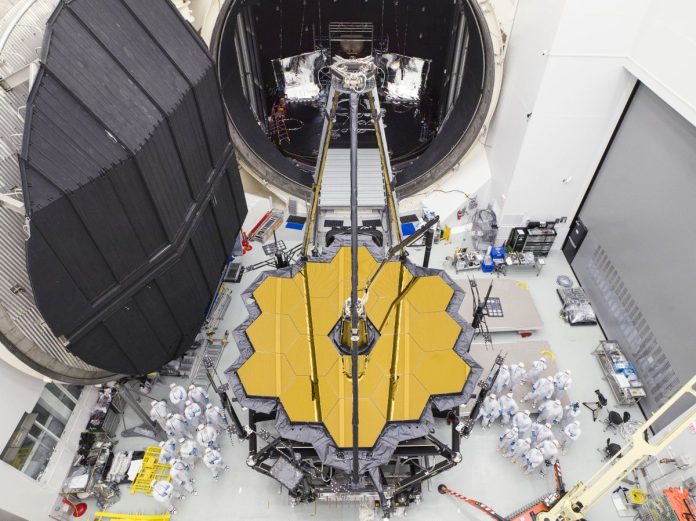Since its launch in December 2021, the James Webb Space Telescope has captivated global attention with its remarkable discoveries. From distant exoplanets to galaxies and stars, its advanced capabilities have astounded scientists and enthusiasts alike. Most recently, the telescope uncovered two entangled galaxies named Penguin and Egg, positioned approximately 326 million light years away.
Advanced Technology for Infrared Exploration
Designed to operate primarily in the near and mid-infrared spectrum, unlike the visible-light focus of its predecessor, the Hubble Space Telescope, the James Webb Telescope offers a unique perspective on cosmic phenomena. This shift is crucial because as celestial objects move away from each other, the light they emit stretches into longer wavelengths, such as infrared. This capability enables the telescope to peer back in time up to 13.5 billion years, shortly after the Big Bang, when visible light from that era now appears as infrared.
Critical Role in Astronomy
Sathyan Anandakrishnan, Head of the James Webb Telescope’s Pointing Control Team, emphasized the telescope’s precision in pointing accuracy, essential for capturing detailed astronomical images. He highlighted the critical nature of maintaining the telescope’s stability and orientation to prevent optics damage, particularly when technical issues arise with components like reaction wheels or gyroscopes.
Public Understanding and Scientific Insights
Anandakrishnan underscored the importance of public engagement in sharing discoveries, noting how images and data collected by the telescope reveal crucial details about cosmic compositions. For instance, by observing nebulae in infrared, researchers can discern the composition of dust and gases obscured by visible light, shedding light on phenomena such as supernovae remnants and black hole formations.
The James Webb Space Telescope stands as a testament to technological advancement in astronomy, promising further revelations about the universe’s origins and evolution.







